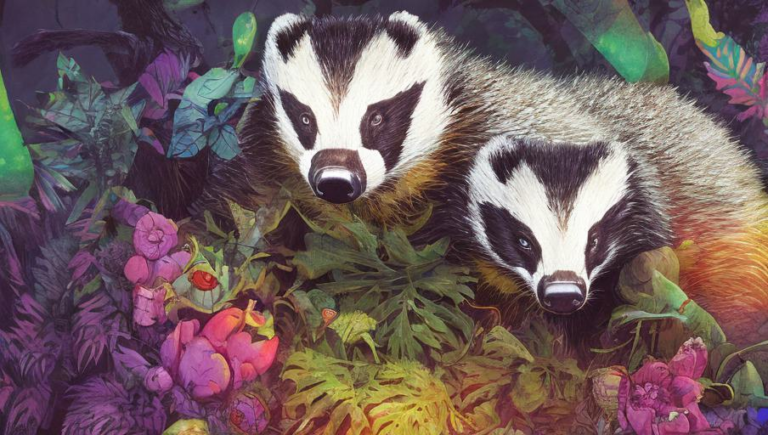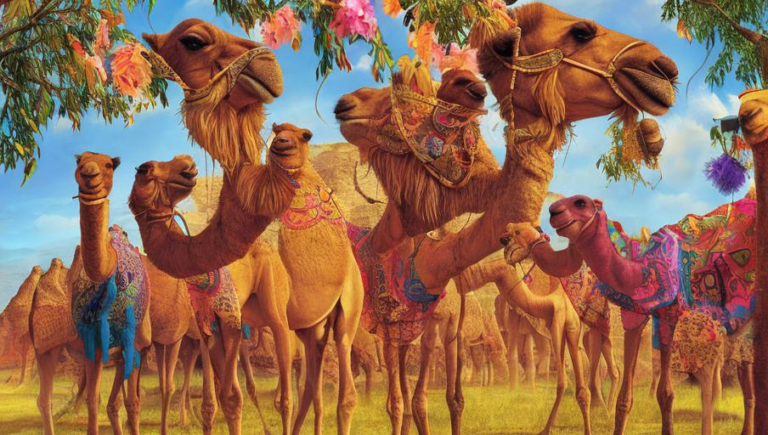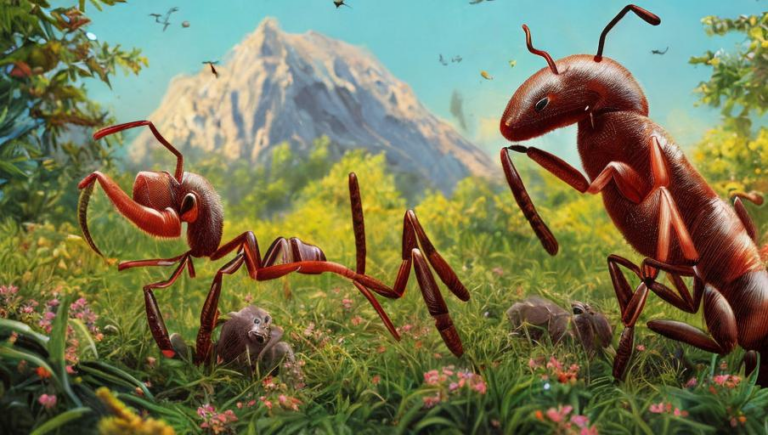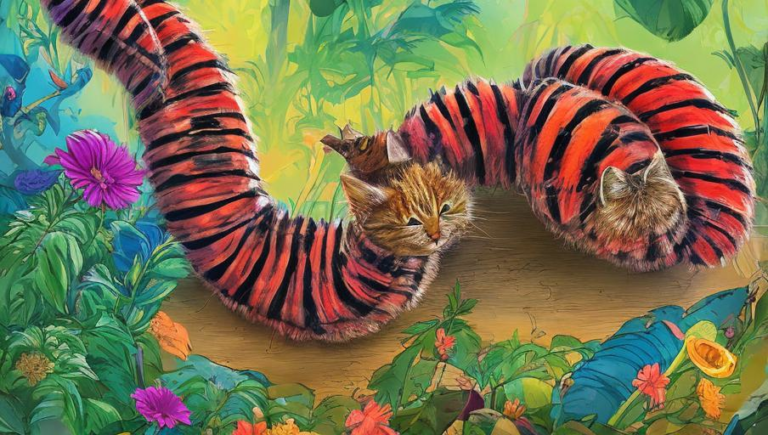Habitat Loss and Its Impact on Caribou
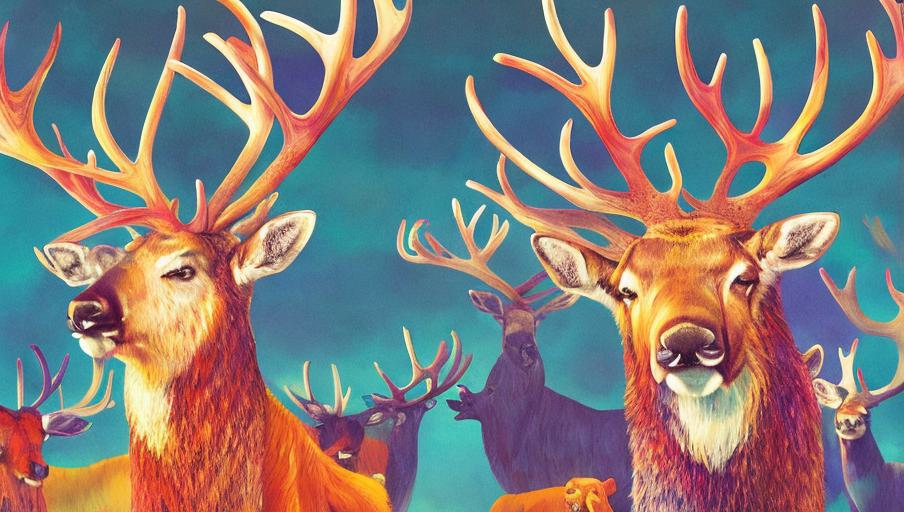
Introduction
Caribou, also known as reindeer, are a species of deer that are found in the northern parts of North America, Europe, and Asia. They have been important to many cultures throughout the centuries, and they have been used as a source of food, clothing, and transportation. In recent years, however, caribou populations have been declining due to human activities and habitat loss.
Effects of Habitat Loss on Caribou
Habitat loss is one of the most serious threats to caribou populations today. As human development continues, caribou are being forced out of their natural habitats and into areas that are not suitable for them to survive. This can include places that are too hot or too cold, or areas that lack the vegetation and food sources that caribou need to survive. Even worse, some caribou are being pushed out of their habitats by humans, which can lead to them being killed by hunters or vehicle collisions.
Habitat loss can also cause caribou populations to become fragmented. This means that they will no longer be able to find mates, and the population will become increasingly isolated. This can lead to genetic drift, which is when the gene pool in a population becomes drastically reduced due to a lack of genetic variation. This can lead to the population becoming smaller and less healthy.
Caribou Conservation Efforts
Fortunately, there are many conservation efforts in place to protect caribou populations from further decline. For example, some governments have created protected areas for caribou, which are areas of land that are off-limits to human activities. These areas are important for caribou to find mates and forage for food. Additionally, some governments have placed restrictions on hunting and trapping of caribou, in order to prevent overharvesting.
Another important conservation effort is the protection of caribou habitat. This can include restoring or preserving areas of land that caribou need for foraging and breeding, as well as creating corridors between habitats so that caribou can travel more freely. Additionally, governments can work with local communities to reduce human activities, such as logging and road construction, that can have a negative impact on caribou habitat.
Conclusion
Caribou are an important part of many cultures and ecosystems, and they are facing serious threats due to habitat loss. However, there are many conservation efforts in place to help protect and restore caribou populations. These include protected areas, hunting and trapping restrictions, and the protection of caribou habitat. By working together, we can ensure that caribou populations remain healthy and thriving for generations to come.
